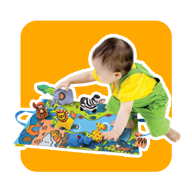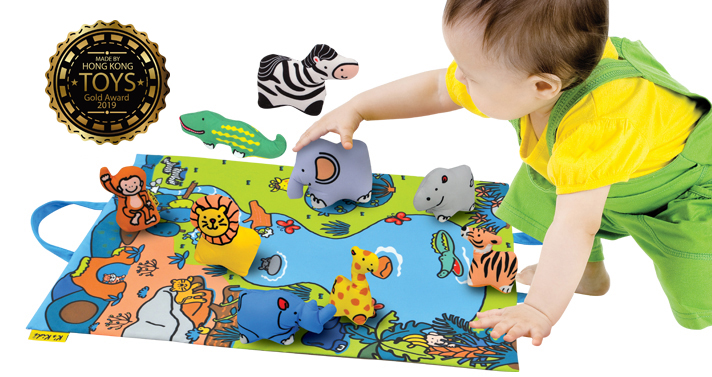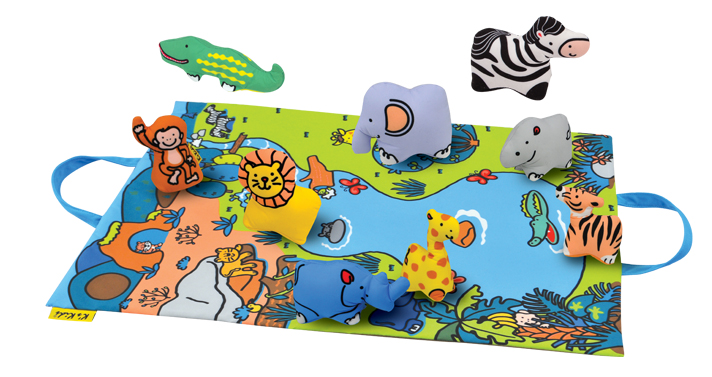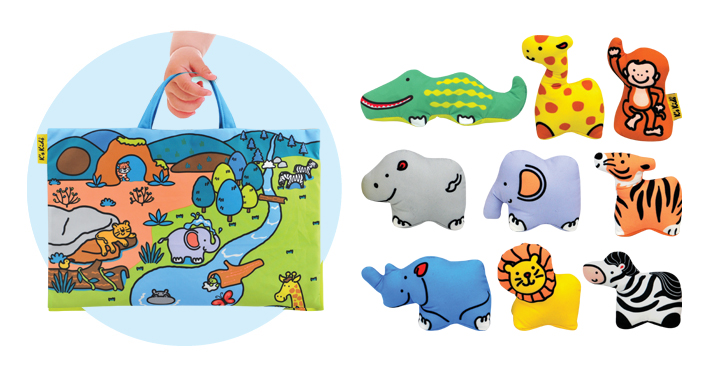Take Along Play Set - Jungle consists of a mini jungle playmat with 9 essential wild animals. Let's encourage your children to appreciate the nature and learn these amazing creatures!
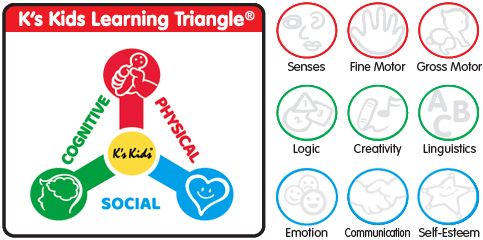









 Senses
Senses
The fundamental senses of seeing, tasting, hearing, smelling & feeling encourage a child's curiosity.
 Fine Motor Skills
Fine Motor Skills
Fine motor skills are those smaller actions between the thumb and fingers or using the toes to wriggle and feel the objects.
 Gross Motor Skills
Gross Motor Skills
Gross motor skills are larger movements involving the arm, leg, or feet muscles or the entire body.
 Logic
Logic
Logical training enables babies to make connections between pieces of information.
 Creativity
Creativity
Colors, shapes, learning how to draw, getting familiar with music and rhythm, all goes to aid the growth of a child's creativity.
 Linguistics
Linguistics
Linguistic Intelligence is the ability to use sound and language for expression and comprehension of others while a child is developing.
 Emotion
Emotion
A healthy child should be able to control and express his emotion, and interact effectively with others with mutual trust.
 Communication Skills
Communication Skills
Good communication skills lead a child to perform cooperative tasks and become productive team members.
 Self-Esteem
Self-Esteem
Self-Esteem is an overall sense of achievement a child feels from the important people around him. Task basis activities could help children to build up a stronger self-esteem with a better judgment about their own worth.
*These are recommendations made under normal circumstances. Parents can determine which activities are most suitable depending on the progress of individual children.
Objective: Listening and attention training – observing your child’s reaction to sounds
Method: Squeak or crinkle the animals to create sounds from different directions. Observe if your child’s gaze follows the sounds.








Objective: Fine motor skills training - grasping
Method: Encourage children to grasp the animals with both their right and left hands.








Objective: Gross and fine motor skills training – squeezing and shaking
Method: Encourage children to squeeze and shake the animals to create rattling and squeaking sounds.












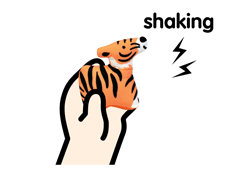











Objective: Cognitive training - learning names of animals
Method: Teach children the names of different animals.
























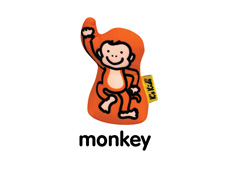











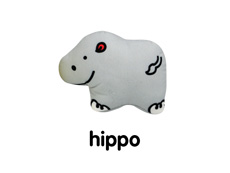











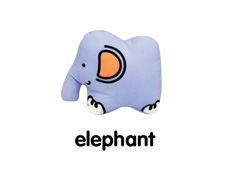











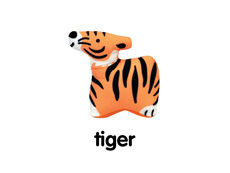











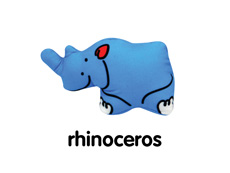











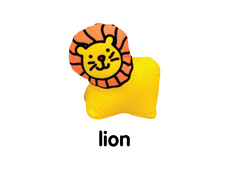











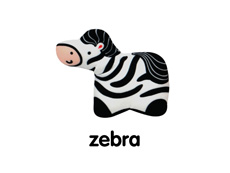











Objective: Cognitive training - pointing to animals
Method: Name different animals and encourage children to point to them.
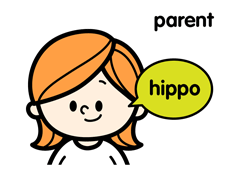











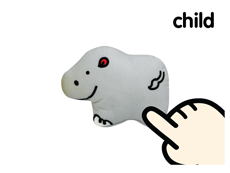











Objective: Cognitive training - matching
Method: Encourage children to match the stuffed animal with the printed animal on the mat. For example, the alligator should be placed in the river and the monkey on the tree.
























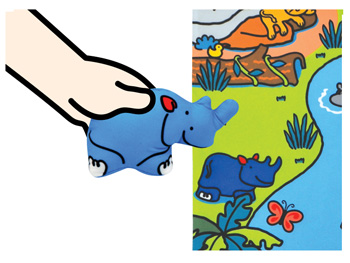











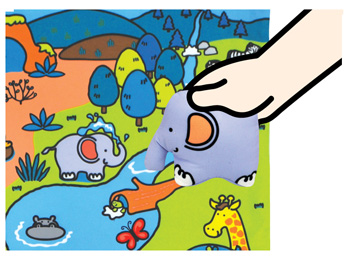











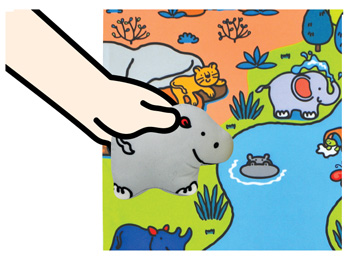











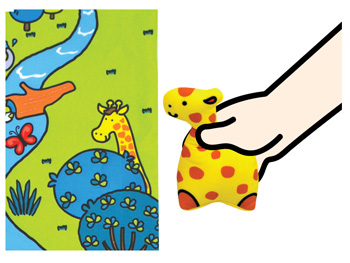











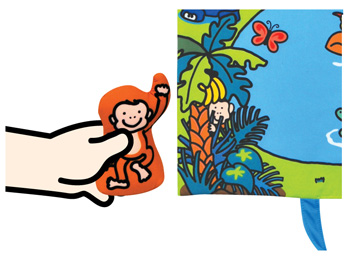











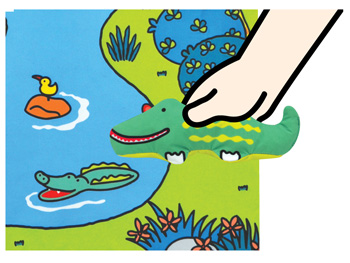











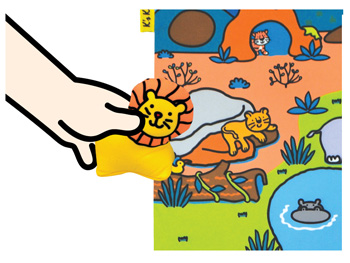











Objective: Imagination training - creating stories
Method: Allow children to make up stories, using the animals as the main characters, and the jungle as the setting.








Objective: Self care skills - tidying up by themselves
Method: The mat can be folded in half to form a bag. This makes it easy for children to carry the toys around with them. Encourage children to place the animals back into the bag after playing.
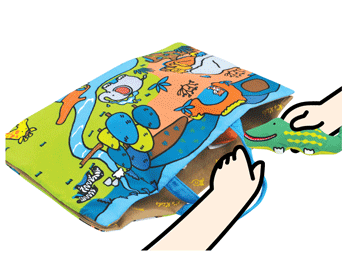























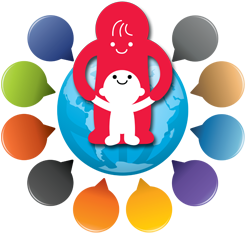
Sharing
We sincerely hope that the guidelines provided by our K's Kids Parents' Support Center will help you make the most of your K's Kids product. We hope that every child with a K's Kids product will benefit from playing and learning from it.
We also believe that every child is unique and full of creativity.
Apart from the learning methods provided here, have you or your child discovered fun and creative ways to play with your K's Kids toys? A different combination of Chain-an-inchworm? An interesting, new way to teach language using Learn to Talk™ ? Or do you simply want to share your feelings and opinions?
To share your views, please use the form below. Attach a photo or video and provide us with a short note. Whatever it is, we earnestly hope that you will share your views with us. Your views may in turn be shared with countless other parents, so that more kids can have fun with their K's Kids toys.
Please do not close this window.















































































